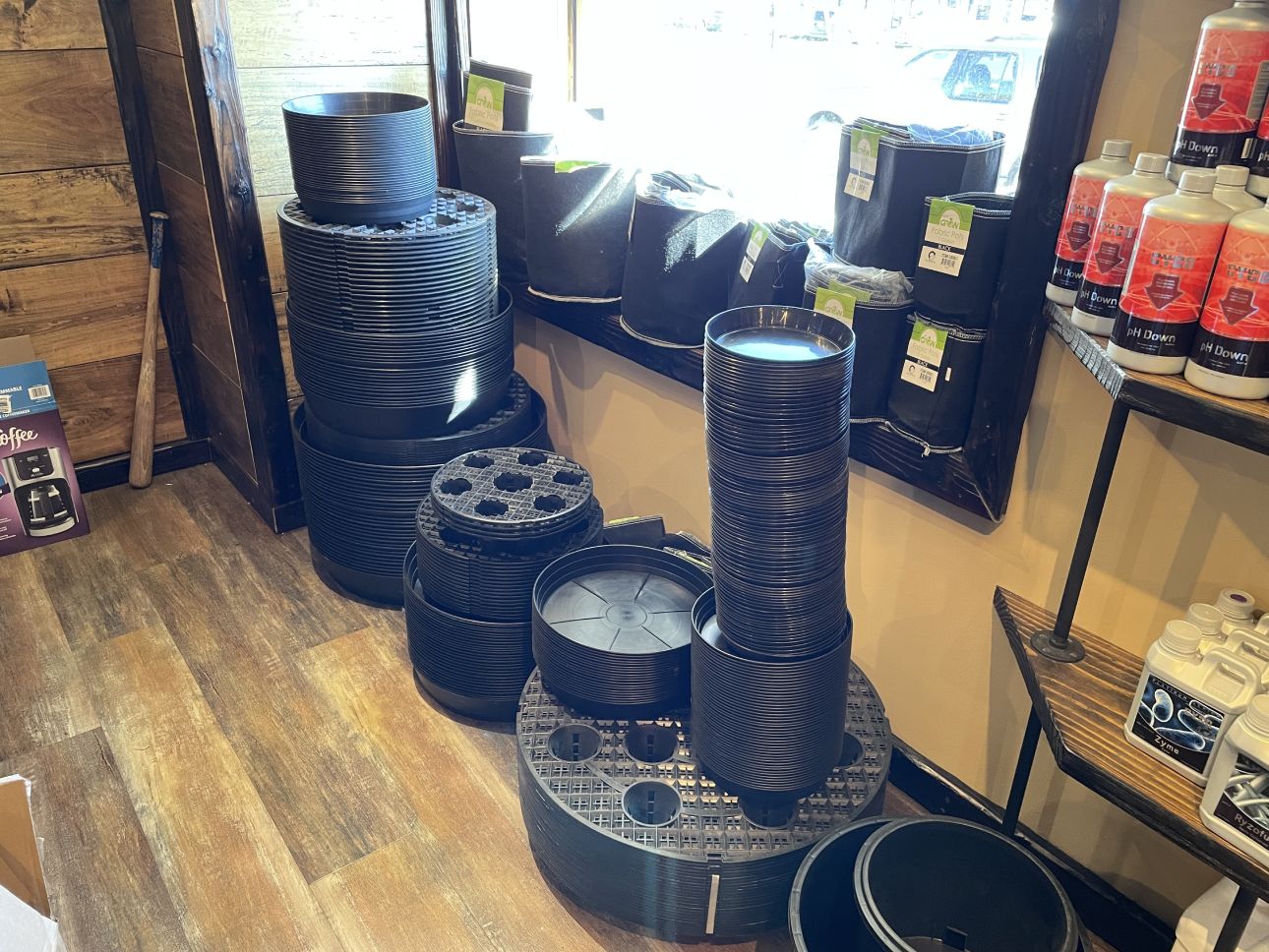Transform Your Planting Experience with The Indoor Earthworm's Development
Transform Your Planting Experience with The Indoor Earthworm's Development
Blog Article
Opening the Potential of Hydroponics: Comprehending Its Makes Use Of and Different Types
Hydroponics, an approach of cultivating plants without soil, has actually amassed enhancing interest for its possible to revolutionize agriculture and cultivation techniques. The precision control over nutrient shipment, water use, and ecological variables offers a look right into a future where food production can be enhanced in different setups. As we browse through the elaborate landscape of hydroponic systems and methods, it ends up being noticeable that each approach holds distinct advantages and limitations. By unwinding the varied usages and kinds of hydroponics, we can reveal a globe of opportunities that might improve just how we picture lasting farming and horticulture practices.
Advantages of Hydroponic Solutions

One more advantage of hydroponic systems is the capability to grow plants in a smaller area. By getting rid of the requirement for soil, plants can be grown vertically or in stacked systems, taking full advantage of the usage of offered area. This is especially valuable in city locations or areas with restricted cultivable land. Additionally, hydroponic systems minimize the danger of soil-borne illness and insects, as there is no soil to harbor these risks. This causes much healthier plants and reduces the need for hazardous pesticides, making hydroponic farming an extra lasting and ecologically friendly choice.
Typical Uses in Farming

Provided the efficient water preservation and space-saving benefits of hydroponic systems, it is evident that these cutting-edge farming methods have actually discovered common usages in various fields of farming. The controlled setting of hydroponic systems allows year-round cultivation, giving a constant supply of fresh produce no matter of outside climate conditions.
Hydroponics is commonly made use of for growing a selection of crops, consisting of leafy greens, tomatoes, cucumbers, herbs, strawberries, and peppers. Its versatility encompasses vertical farming, city agriculture, and greenhouse manufacturing. Furthermore, hydroponic systems are made use of in study and academic setups to examine plant nourishment, growth, and cultivation techniques. The versatility and effectiveness of hydroponics make it an important device in modern-day agriculture, attending to the obstacles of sustainability, food safety and security, and source optimization.
Discovering Different Hydroponic Methods
What are the numerous cutting-edge strategies made use of in hydroponics to enhance crop cultivation efficiency and yield? Hydroponic systems provide a variety of techniques that deal with different plant types and cultivation goals. One popular technique is the Deep Water Culture (DWC) system, where plant roots are immersed in a nutrient remedy, giving ample oxygen and nutrients. An additional extensively made use of method is the Nutrient Movie Strategy (NFT), which includes a superficial stream of nutrient solution streaming over the plant origins, advertising water and nutrient uptake. Furthermore, the Ebb and Circulation system, likewise understood as the Flood and Drainpipe system, periodically floods the plant origins with nutrient solution, permitting oxygenation throughout draining periods. Aeroponics is an additional innovative method that involves misting plant origins with a nutrient service, maximizing oxygen absorption and nutrient uptake. Each of these strategies showcases the adaptability and efficiency of hydroponic systems in boosting crop development and yield.
Contrasting Various Hydroponic Equipments
Checking out the efficiency and return enhancement methods in hydroponics leads us to compare different hydroponic systems available for plant cultivation. Each hydroponic system has its one-of-a-kind features, benefits, and limitations, making it critical for cultivators to pick the most ideal system based on their certain needs and restrictions.
One of the most usual hydroponic systems is the nutrient movie strategy (NFT), where a slim movie of nutrient solution continuously flows over the plant origins. In comparison, the deep water society (DWC) system immerses plant origins straight right into the nutrient option, giving sufficient oxygen and nutrients.
One more prominent hydroponic system is the ebb and circulation (or flooding and drainpipe) system, which occasionally floodings the plant origins with nutrient option prior to draining it. This cyclic process makes certain proper aeration for the roots while delivering nutrients efficiently. Additionally, the aeroponic system suspends plant roots in the air and mists them with a nutrient solution, advertising quick growth and high oxygenation degrees. Farmers trying to find a flexible system that reduces water usage often select aeroponics. By understanding the distinctions in between these hydroponic systems, growers can make enlightened decisions to take full advantage of crop yield and high quality.
Developments in Hydroponic Modern Technology
One essential advancement is the development of smart hydroponic systems that use sensing units and automation to monitor and adjust environmental problems such as pH degrees, nutrient concentrations, and light exposure in real-time. These systems allow exact control over expanding problems, leading to optimal plant growth and higher plant returns.
An additional notable improvement is the assimilation of upright farming techniques with hydroponic systems, enabling for the growing of plants in piled layers. This upright approach maximizes area use, making it ideal for urban atmospheres where land schedule is restricted - The Indoor Earthworm. In addition, using innovative LED lighting systems tailored to specific plant requirements has improved energy efficiency and enhanced growth rates in hydroponic official source configurations
Advancements like these are driving the advancement of hydroponics, making it a very appealing and sustainable option for modern-day farming.
Conclusion
In conclusion, hydroponics supplies many advantages in agriculture and has various strategies and systems that can be used to maximize its potential. Innovations in hydroponic modern technology remain to boost efficiency and sustainability in food production. By understanding the uses and different kinds of hydroponic systems, farmers and cultivators can open the full capacity of this ingenious approach of growing plants without soil.
Additionally, hydroponic systems enable for better control over nutrient degrees, pH equilibrium, and ecological problems, leading to healthier plants and higher yields.

Report this page